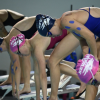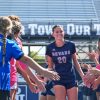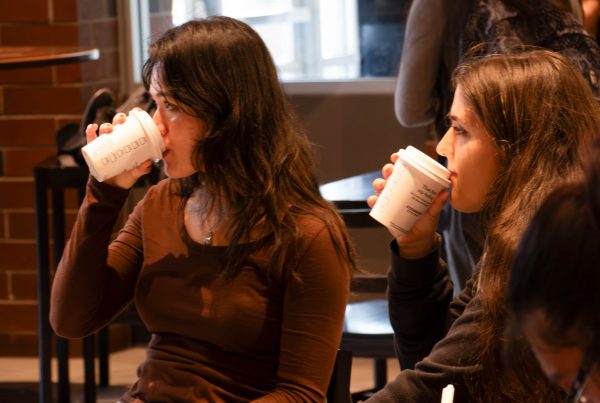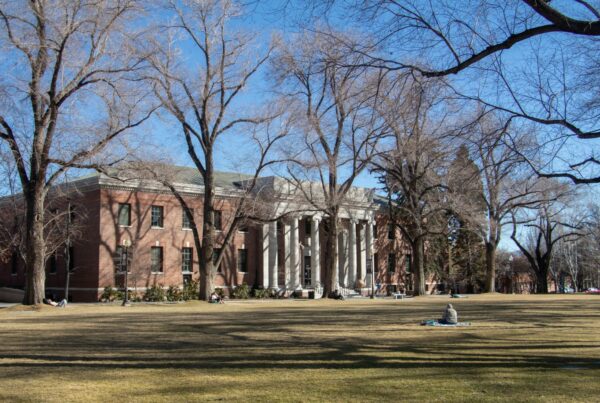Spring is the season for rebirth and new growth, a theme that the Department of Theatre and Dance at the University of Nevada, Reno successfully captured.
This spring semester pivoted the performing arts program, bringing excitement and a sort of traction and moment, propelling them forward for the fall. The Spring Dance Concert closed out the 2024-2025 year and left audiences curious and eager to see the future of the program.
Although the concert consisted of four performances, each one managed to entirely encapsulate distinct themes.
The most impactful teacher I had in musical theatre once told me, “If you can’t sing it, act it. But if you can’t act it, dance it.” There is something to be told about a dancer’s capability of telling a story with just their body.
It takes skill to communicate themes, intent, stories and emotions without words and comprehensible cues. UNR dance demonstrated a fully-fledged grasp of this talent through their finale this spring.
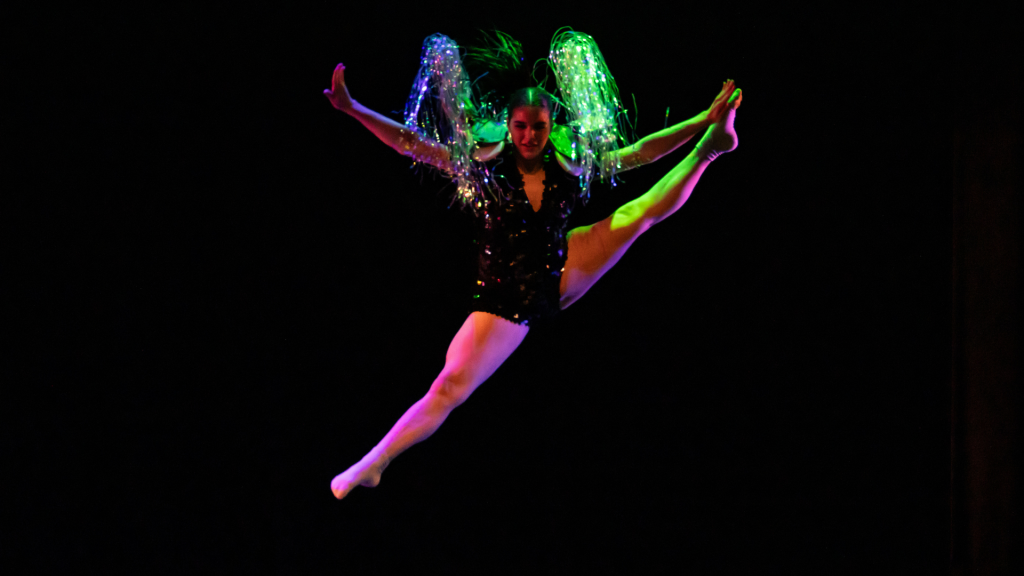
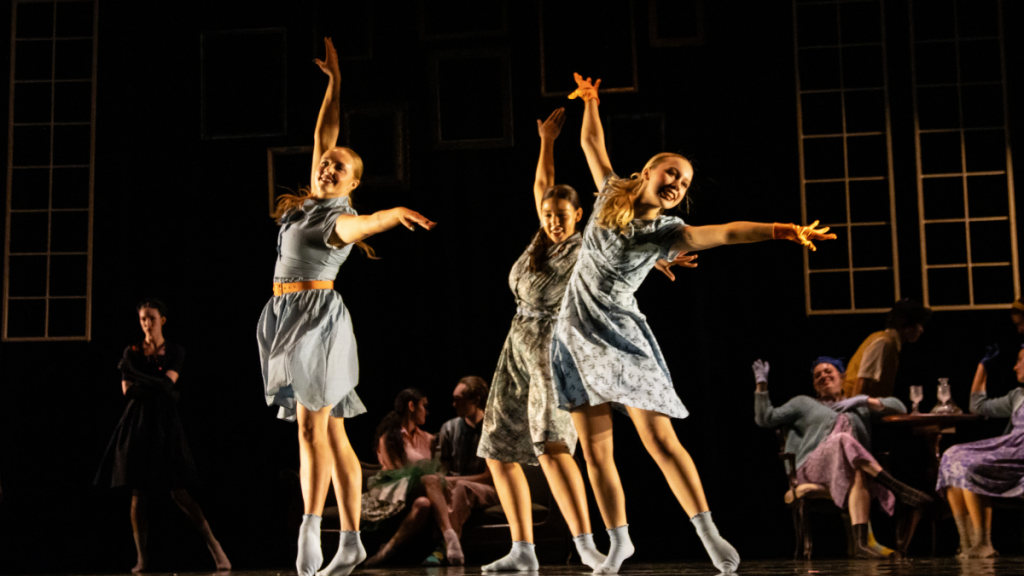
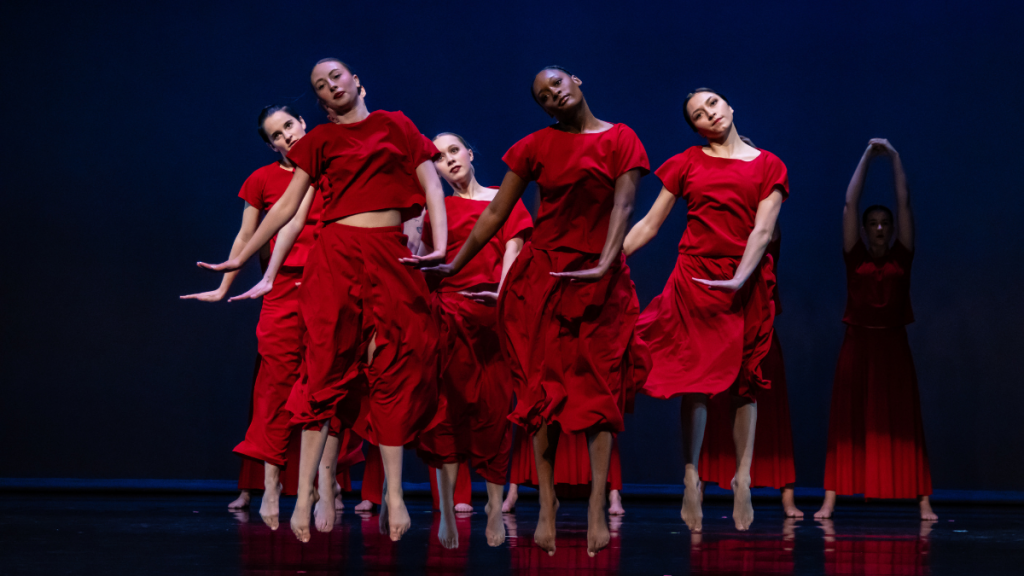
The Spring Dance Concert opened with a piece titled Panorama, a contemporary performance highlighting a national-conscious popular theme. The program explained how this dance signified the American people and their “awakening social consciousness in the contemporary theme.”
Panorama first premiered in 1935 in Vermont to physically and artistically demonstrate the basic themes of thought and action in a country. UNR’s dance team grasped the audience’s attention in such an impactful and commanding fashion.
Draped in red garbs, the dance team performed with urgency and unity. It offered a chance of reflection on the audience’s behalf: Reflection on popularity in the American atmosphere in both past and modern times.
Following the solemnity of Panorama was a powerful pair performing Jocular. These dancers shifted the tense and rigid tone to one of bounce and humor. As the black sequins of their costumes reflected the spotlight beams, I found myself roped into the push-and-pull dynamic.
Gabbie Carrozza and Frankie Melander enticed the audience in their characters’ friendly competition, encouraging the crowd to feel the ebb and flow as the power shifted from one to the other.
They were also masterfully in tune with their bodies as they adapted to the music tracks flipping like a switch. The fluidity of their movements were incredible to witness and made Jocular all the more special.
The Aviary series stole the show and lifted everyone in that theater on the wings of these talented performers. Dressed in 1950s-1960s style, these dancers embodied birds’ character by acting alone.
Aviary is a clever storytelling piece that thrives on the dancers’ ability to emulate bird-like behavior. For example, the performance featured the “lovebirds” and the “canaries,” which are understood to be the newlyweds and the children respectively.
It almost reminded me of local renditions of famous ballets like The Nutcracker and Swan Lake in the way the story was told. The characterization was on point to say the least. The canaries truly did embody childlike humor, the peregrine falcon (the rake) strutted with boastful pride, and the budgie parakeets (the spinsters) flitted about with aged mischief and scheming.
Aviary’s conclusion summarized the continuous warm and heartfelt tone of the piece. The black swan (the young widow) performed an isolated and mournful solo, expressing the scorn she felt for being left mate-less, when one of the canaries held her hand and guided her back into the sky.
Even though the audience was silent during the final segment of Aviary, you could almost hear the collective “Awwww” as we witnessed the touching end.
After intermission, with Aviary still fresh on the audience’s mind, we wondered what the final performance would deliver. Would it be another theatrical tale? What style of dance would we encounter?
With a running time of approximately 52 minutes, Slow Motion Collision was by far the most memorable and interesting moment of the show. It took a completely different and unexpected approach to performative dance than the last pieces.
The choreography was abstract and expressed themes of dissonance and tension. Dancers played with gravity and momentum in their movements, and it was surprising how each motif incorporated a different conveyance of the intangible.
The push-and-pull feel from Jocular manifested again in Slow Motion Collision, but presented itself in a different form. There was not a clear contrast between two characters, but between the will of gravity and living beings.
This piece summoned an intense drama, again like the opening number, however, the interpretation and delivery was entirely different. Outlining the program with two heavy potent performances was a unique, yet subtle, feature of this spring’s dance concert.
The UNR dance department can be summarized in one word: gifted. These individuals’ faces exploded with their love and passion for this art once they linked hands and took their bows.
Performing numbers you have worked on for months is a gratifying and unmatched feeling. It is important to note the amount of skill, time, effort and creativity, among other attributes, that putting on a show like this takes.
This spring semester of 2025 was an incredibly successful run for the university’s Department of Theatre and Dance, and a standing ovation is well deserved.
Opinions expressed in The Nevada Sagebrush are solely those of the author(s) and do not necessarily express the views of The Sagebrush or its staff. Olivia Spagur is a student at the University of Nevada studying Journalism. She can be reached at emilyhess@sagebrush.unr.edu.




